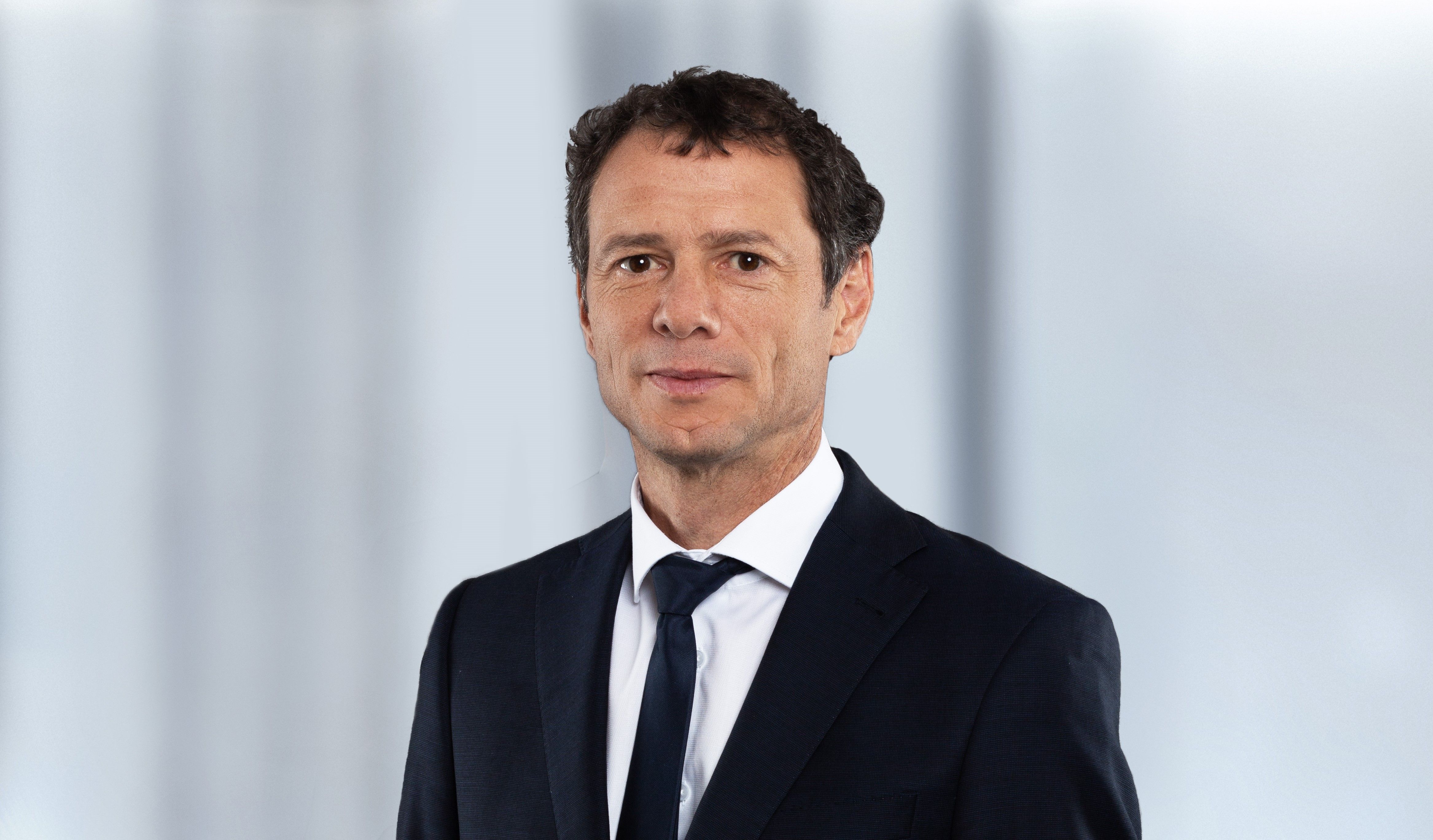A final ECB and Fed rate hike in July?
By Volker Schmidt, Senior Portfolio Manager at Ethenea
ECB officials have already announced another 25 basis point rate hike in July. This will take the deposit rate to 3.75%. The outlook for September is more exciting as there is no meeting scheduled in August. There is currently no clear trend towards another rate hike in September.
Inflation remains well above the central bank's target range. The broad measure of inflation fell to 5.5% in June, almost halving from its peak of 10.6% in October 2022, and is expected to fall further to below 4% in September 2023 and even well below 3% in October due to extreme base effects. In the second half of August last year, electricity and gas prices exploded on the wholesale markets and passed through to consumer prices in the following weeks. Towards the end of the year, things will get exciting: annual inflation will rise again as base effects fade. The ECB will then face a particular challenge. It will have to decide whether the rise is just a short-term interlude or whether it reflects a return to an underlying inflation trend that remains above the central bank's target range.
The underlying trend is often measured by so-called core inflation, which excludes items frequently subject to volatile prices such as energy and food. This was 5.4 % in June, only slightly below the peak of 5.7 % in March. Even if we assume a slight downward movement here, it is virtually impossible that it will fall below the 5% mark by the time the central bank meets in September.
The ECB will face the dilemma at its September meeting that the most recent published inflation rates will be those of August. However, these will not show any reassurance. By arguing that these high inflation rates are only "temporary", both the ECB and the Fed were completely wrong in 2021.
This makes it clear that the ECB will emphasise the possibility of further rate hikes beyond the 25 basis point rate hike. It clearly remains "hawkish". The eurozone economy remains fragile, with the manufacturing sector in particular showing significant weakness recently. On the other hand, unemployment remains low, corporate liquidity is solid despite tighter credit, and household savings are high. The economy is not booming, but a recession is not to be expected in the short term either. The ECB can therefore continue to focus on its primary task of fighting inflation.
And the Fed?
Although the Fed has not yet made any clear statements about the July meeting, citing data dependency, it is precisely this data that points to a 25bp hike in July. In fact, according to Chairman Powell, a "strong majority" of Fed members believe that at least two more rate hikes will be needed by the end of the year. The labour market is showing only minimal signs of weakness, which in the Fed's view are certainly not yet sufficient to contain price pressures in a sustainable manner. Inflation has clearly peaked, but it is still too high and the core rate is extremely persistent. Inflation fell to a surprisingly low 3% in June, but the core rate of almost 5% suggests that much of the decline in headline inflation is due to base effects. In the US, energy prices peaked in June. Therefore, the extent to which the underlying drivers of inflation are weakening can be seen earlier in the US. The summer will be very exciting, with the next Fed meeting not until September. By then we will have the first signs of whether inflation can fall below 3% on a sustained basis. This will determine whether the central bank will raise interest rates again.
